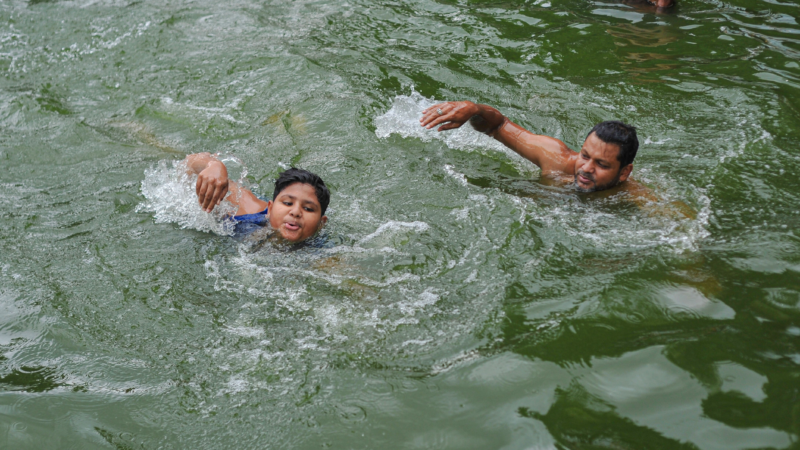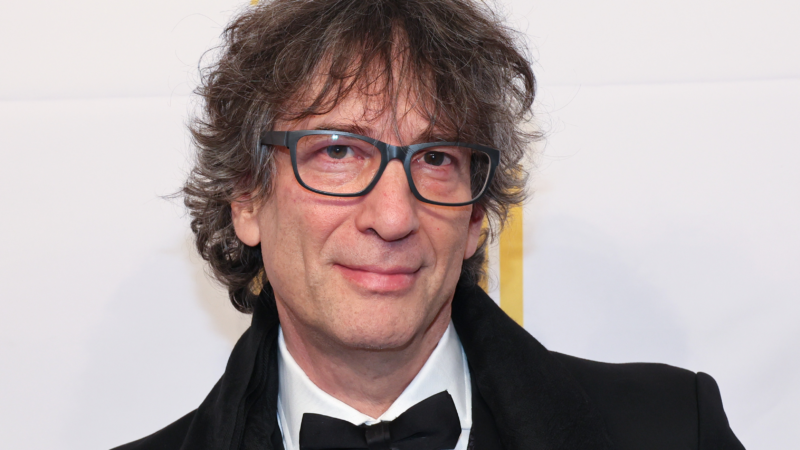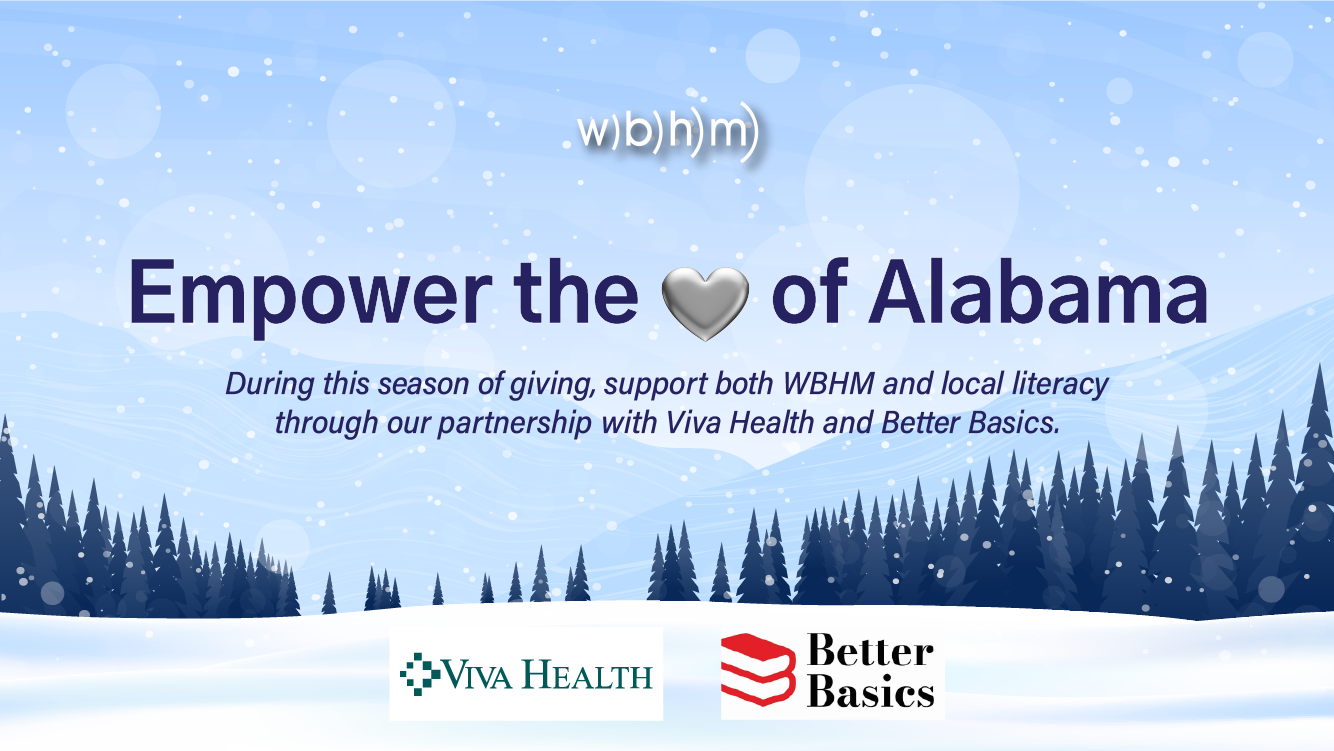How to prevent drowning: a ground-breaking report that’s startling yet hopeful
More than 300,000 people die from drowning every year – and nearly all of these cases are preventable, according to a new report from the World Health Organization (WHO).
It’s the first-ever global report from WHO on how to prevent drownings, drawn from surveying 139 countries.
Children are the highest-risk group, the report found. Nearly a quarter of all drowning deaths happen among children under age 4. Another 19% of drowning deaths are among kids between ages 5 and 14.
That means drowning is a leading cause of death for children across the globe.
“It is definitely underrecognized, and it is extremely devastating — yet so preventable,” said Caroline Lukaszyk, a technical officer for injury prevention at the WHO. “No matter where you live, what context you’re in, it’s still preventable.”
In addition to laying out the depth of the problem, the report highlights what is working in some countries to bring down the drowning toll, she added. The solutions are low-tech but very effective – like using empty soda bottles as flotation devices.
With simple techniques like these, drownings have dropped by 38% since 2000, the report found – but it remains a major public health issue. And the threat is evolving as climate change makes floods more frequent and severe.
Lukaszyk talked to NPR about the new report and about why drowning is a public health issue.
This interview has been lightly edited and condensed for clarity.
How did you assemble this report — the first from WHO on how to prevent drowning.
We had 139 countries who voluntarily said, yes, we want to understand the situation of drowning better in our countries. And it wasn’t a small task to undertake. We asked them to convene up to 10 different national stakeholders who work on different areas — health and transport and education and social welfare and [water safety] — and have a discussion on drowning. And I think quite often a lot of people would sit down and say, why are we talking about this? Why am I here? Why was I invited, as the ports authority, to discuss this issue by [the department of] health?
The report found that 300,000 people die of drowning every year.
Yeah, absolutely. And 300,000 is a pretty significant underestimate, because the data that we’re using doesn’t capture drowning deaths that happen during floods and other natural disasters, and it also doesn’t capture drowning deaths that happen during transport accidents — think about boating, think about the large passenger ferries in Bangladesh and India, in Southeast Asia, that go down.
Those deaths aren’t counted in our statistics, and that’s primarily because of the difficulty in classifying those deaths in a disaster. There is often a body count, but the cause of death is rarely recorded. There’s some research that came out recently that said 75% of deaths during floods are attributed to drowning. So we do know a large proportion is a result of drowning, but we just don’t have those really strong statistics.
Are people surprised when you say drowning is a public health issue?
Yes, they are. Often. Whenever I speak about the issue of drowning, people look at me like, “What are you talking about?” This is a pretty new issue for a lot of people [in public health]. It’s entirely under-recognized.
And this is because we made so much progress in things like vaccine program rollouts and treating neonatal conditions better, and now we see that injury is the one of the main causes of death for children and young people.
I think it’s really important to frame this as a public health issue. If we’re saying that it’s a public health crisis, a public health issue, then that’s WHO’s mandate.
So you’re hoping this report will bring a change in attitude — that drowning is not an unpreventable accident.
Accidents are always considered these unavoidable things that just happen entirely randomly.
And the report’s message is …
The vast majority of drowning deaths are preventable. And this is another thing that’s really quite amazing: The recommendations for drowning prevention are cost-effective. They’re scalable. They can be implemented in all types of settings.
Why are kids so vulnerable?
They’re running around, they have a little bit more independence. They may not have appropriate swimming and water safety skills, so they don’t know how to safely interact with water. Also, their risk assessment isn’t fully developed. This all leads to these situations where they could interact with water in a really dangerous or unsafe way.
A lot of the drowning burden is in Southeast Asia and Africa. Mothers are looking after their households, they may have multiple children, there may not be any daycare services or early childhood care available.
And there are ponds and water bodies and rivers everywhere throughout the communities. People need those water bodies for drinking, for cooking, for washing, for bathing — it’s a critical part of life. But it’s also a risk, especially for this really young age group who are often near the water unsupervised.
How do you talk about prevention in a way that doesn’t make parents feel guilty?
It’s not saying, “you should be doing this differently or this better, or why wasn’t this done?” It’s talking about really simple measures like play pens or barriers at the front door of your home, and these can be made out of locally available materials, like bamboo or other types of wood available in the community.
We promote daycare, including community-based daycare of one parent looking after a group of children to make sure there is that supervision during the busy hours of the day when other mothers are doing household chores.
It’s not rocket science, it’s not high-tech. It is very much community-based and community-driven solutions.
Fishing communities can also have high drowning rates. A fisherman might spend his whole life near or on a lake but not know how to swim. How can those deaths be prevented?
In the African region, the [risk] profile changes to young men — men of working age. The data we have around this is pretty scarce, but what we do have points pretty directly to occupational risk. You have these two really high-risk occupations, fishing and water transport.
It’s incredible, the distances that really small watercraft cover with very limited safety equipment, through all types of weather, through day and night, taking people across huge expanses.
What can be done to bring down the drowning toll from boat accidents?
It’s about checking weather alerts before you disembark from shore to make sure you know what the weather will be like over the water in the duration of time you’ll be out. Around the shores of Lake Victoria, Uganda developed a special mobile tracking service where text messages get sent on a regular basis with weather warnings. There’s a lot of advocacy in communities around making sure you tell your family or your community when you’re leaving and when they can expect to have you back, so search and rescue can be deployed in a more timely manner.
It’s about having life jackets on board. There’s a lot of work being done using local materials as flotation devices. Empty two-liter plastic Coke bottles — they’re actually really great flotation devices.
They’re not necessarily super high-tech solutions. But they are entirely effective.
What about swimming lessons?
Yes! Really awesome community-based solutions have emerged over the past 10 years. One was pioneered in Bangladesh and has been taken up in India and other countries, where local ponds are used as swimming pools. The design of this program is really careful; the swimming instructors build a scaffolding out of bamboo, and they submerge the scaffolding into the pond, so you have the safety features that you would have in a standalone pool. It’s a really low-cost solution.
In Vietnam, the government commissioned this big national program. They had a goal of teaching 50% of their children between [the ages of] 5 and 14 swimming and water safety skills. But of course, in rural, remote Vietnam, there are no pools. So they organized a program with portable pools. The pool would travel with a team of swimming instructors. It would be collapsed and refilled in all these rural, remote communities. And children will be given a series of 10 weeks of swimming lessons.
It’s not to teach children to swim a perfect butterfly for 100 meters. It really is water safety and survival skills in water. How to float effectively, what to do if you’re wearing clothing and something snags you.
Another component is teaching CPR to older children and adults.
Absolutely. One of the other recommendations we have is around bystander training and safe rescue and resuscitation. In remote communities, this is something that can be delivered with pretty minimal resources. You need a CPR dummy, but there are also water rescue tools that have been developed by communities.
One huge component of this water safety education is, how do you safely rescue from the shore? We had a lot of accounts of children playing together in water bodies, one child being caught in a current or snagging on something that’s submerged under the water, and the other child jumping in to save them, and you have multiple fatalities.
I talked about the plastic bottles. In Thailand, we’ve seen a lot of communities just string up these water bottles on ropes near lakes and rivers where people have struggled before. So there are people able to stand on the shores and throw the water bottles with the rope. Another thing is just long bamboo poles [to extend to someone in trouble].
Were there any surprises in the report?
We had a lot of feedback from countries saying, “Wow, we were really sort of focusing in on the wrong areas, we had no idea it was adolescents in our specific country, and we had no idea it was really based around alcohol use, and we were doing all of this stuff around young children.” You challenge your own perceptions then, and when your team are the ones deciding where government funding and budget is allocated, where different priorities are set, that’s a good exercise.
What would you like to see happen next?
I’m really hoping this report does lead to more country collaboration and just more country knowledge exchange. I think that’s a huge aim. You can see what’s there and what’s missing, and then those gaps can be filled.
Melody Schreiber is a journalist and editor of What We Didn’t Expect: Personal Stories About Premature Birth. Follow her on Bluesky @melodyschreiber.com.
No such thing as a free toilet: Starbucks reverses open bathroom policy
The new guideline is a reversal of a 2018 open-door policy that was implemented after two Black men, who had not ordered anything, were arrested at a Philadelphia store.
The FDA calls for at-a-glance nutrition labels on the front of packaged foods
The FDA wants front-of-package nutrition labels required on packaged foods. The labels would tell consumers if the product has Low, Medium or High levels of saturated fat, sodium and added sugar.
Why some doctors have started asking patients about their spiritual lives
Indiana University's hospital system is pairing patients with local faith groups to ease feelings of loneliness and isolation. The unique new program comes as more doctors are seeing a need to care for patients' spiritual as well as physical health.
Lawsuit by college professors and students challenges Alabama’s anti-DEI law
The complaint asserts the new law violates the First Amendment by placing viewpoint-based restrictions on educators’ speech and classroom lessons.
Lil Baby and Bad Bunny have fantastic chart debuts
Two debuts claim the top two spots on Billboard's main album's chart: Lil Baby and Bad Bunny.
Neil Gaiman has responded to sexual misconduct allegations
The accusations stretch back decades and first became public last summer. Gaiman wrote, "I'm far from a perfect person, but I have never engaged in non-consensual sexual activity with anyone. Ever."







